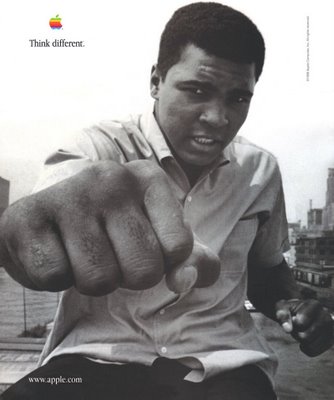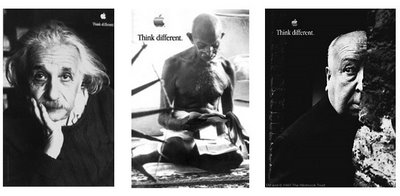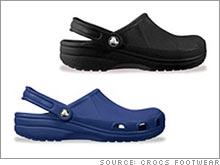6 Practical Steps to Bringing your Brand to Life

What does branding really mean? There are a lot of different definitions floating out there, and way too many misconceptions. I define branding as "the process with which you define your company's distinctive value that your customers desire and are willing to pay a premium for." I have provided 6 practical steps to help you establish your brand and bring it to life.
STEP 1: Define Your Business Framework
First define your business by outlining it's vision and mission statements, and core values. A vision is a statement about what your organization wants to become, while your mission statement is a precise description of what an organization does. For example, the Westin Hotel chain's vision statement is, "Year after year, Westin and its people will be regarded as the best and most sought after hotel and resort management group in North America.” While Wal-mart's mission statement quite simply states, "To give ordinary folk the chance to buy the same thing as rich people."
Your core values should represent your fundamental values and beliefs that define how your business behaves, how it will value its customers, suppliers and staff. Some examples would be passion, accountability, and respect.
STEP 2: Define Your Target Market
Understanding the ideal customer for your product is vital to your ability to remain relevant and competitive. Start by profiling your ideal customer along categories like sex, occupation, age group, education, geography, income, and buying habits.
STEP 3: Define Your Value Proposition
What compelling, unique value do you offer to your target market that they simply cannot ignore. Know your core competencies, what your business does best, and always remember, you can stand for only ONE thing or you will confuse the marketplace.
STEP 4: Understand Your Product
Get to know your product intimately and what makes it distinctive and desirable to your target audience. What solutions do you offer customers? What are the features and benefits? Where is it positioned along price and quality? What value-added services do you offer?
STEP 5: Create Your Brand Graphics and Message
A great logo visually represents your business and lets people know right away what you do. It should be accompanied by a tagline that clearly reinforces your value offer with very few words. For consistency, use a graphics standard which specifies corporate colors, treatments and type fonts that your company adheres to.
STEP 6: Develop an Integrated Marketing Plan
Develop a plan centered around assuring every dollar you spend brings in more that $1 in return. If not, don't be afraid to stop and re-assess. Continual testing is the key to finding your best marketing mix. But stay away from the "one-off" approach of putting an ad in one magazine and sitting back waiting for the phone to ring. Rather, use an integrated approach that includes advertising, PR, sales promotion, etc. that creates a synergy and reinforces your campaign message. This makes it easier for your audience to recall. It also helps you develop that perception of omnipresence where your brand name seems to be everywhere.
After you've completed these 6 steps, continually measure your brand against this checklist to ensure it stays strong:








